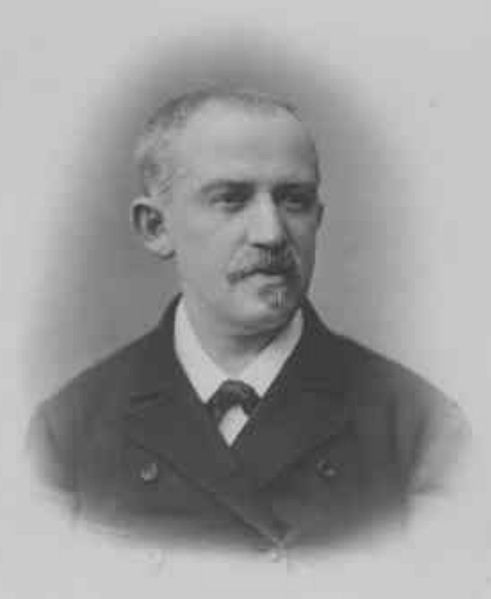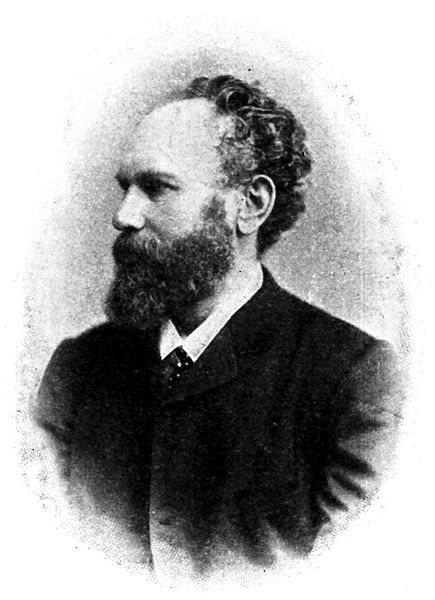<Back to Index>
- Pathologist Salomon Stricker, 1834
- Dermatologist Heinrich Auspitz, 1835
PAGE SPONSOR

Salomon Stricker (1 January 1834, Waag - Neustadtl / Vágújhely / Nové Mesto nad Váhom – 2 April 1898) was an Austrian pathologist and histologist born in Waag - Neustadtl, which is now part of Slovakia.
He studied at the University of Vienna, and subsequently became a research assistant at the Institute of Physiology under Ernst Wilhelm von Brücke. Later he became head of the Institute of General and Experimental Pathology in Vienna.
Stricker is remembered for his extensive studies in the fields of histology and experimental pathology, and is credited with making discoveries involving the diapedesis of erythrocytes and the contractility of vascular walls. He also made contributions in his research of cell division in vivo, the histology of the cornea and the relationship of cells to the extracellular matrix.
Among his written works is the Handbuch der Lehre von den Geweben des Menschen und der Thiere, a two volume textbook that contains Stricker's essays on histology, along with treatises from several other important physicians and scientists, such as Max Schultze, Wilhelm Kühne, Joseph von Gerlach, Sigmund Mayer, Heinrich Wilhelm Waldeyer, Theodor Meynert, Ewald Hering, et al. During its time, it was considered one of the greatest textbooks concerning histology. Stricker was also the author of a number of philosophical works, and from 1871 to 1880 was editor of the Medicinischen Jahrbücher
In his landmark "Interpretation
of Dreams", Sigmund Freud discusses a passage in
Stricker's Studien uber das Bewusstsein regarding
the expression of affect in dreams (e.g., fear, joy) and
the dream's ideational content, and how these two elements
compare to the ideational / affective dynamic in an awake
state. In his book, Stricker uses as an example; "If I am
afraid of robbers in my dreams, the robbers, to be sure,
are imaginary, but the fear of them is real". It was at
Stricker's institute that ophthalmologist
Karl Koller, who at the suggestion of Freud, began his
experimentation with cocaine as a local anesthetic.

Heinrich Auspitz (1835 in Nikolsburg, Moravia – 1886 in Vienna) was an Austrian dermatologist.
Trained at the University of Vienna, he specialized in dermatology and syphilis. He was part of the famous Vienna School of Dermatology, and studied and worked with several eminent physicians of the time; Ernst Wilhelm Ritter von Brücke (1819 – 1892), Carl Freiherr von Rokitansky (1804 – 1878), Josef Skoda (1805 – 1881), Johann Ritter von Oppolzer (1808 – 1871), and Ferdinand Ritter von Hebra (1816 – 1880). From 1863 to 1886 he worked as a professor of dermatology at the University of Vienna. He was also the director of the general polyclinic from 1872 and became the chief of a clinical station upon the death of Hermann Edler von Zeissl (1817 – 1884).
A pioneer in tissue pathology, he described the pinpoint bleeding on removal of a psoriasis scale that bears his name: Auspitz's sign.
Since 2005, the "Heinrich Auspitz Preis" has been awarded by the Wyeth and Pfizer Corporation Austria to promote scientific research in the field of dermatology.